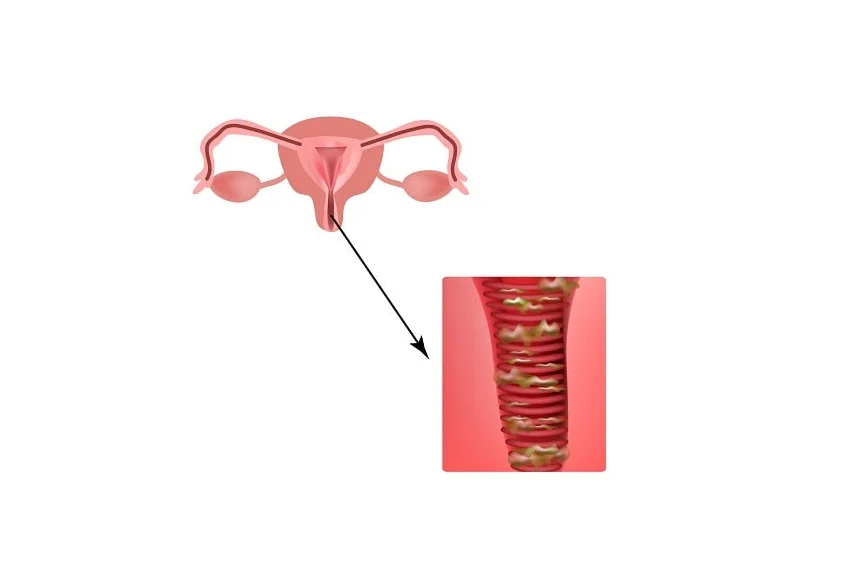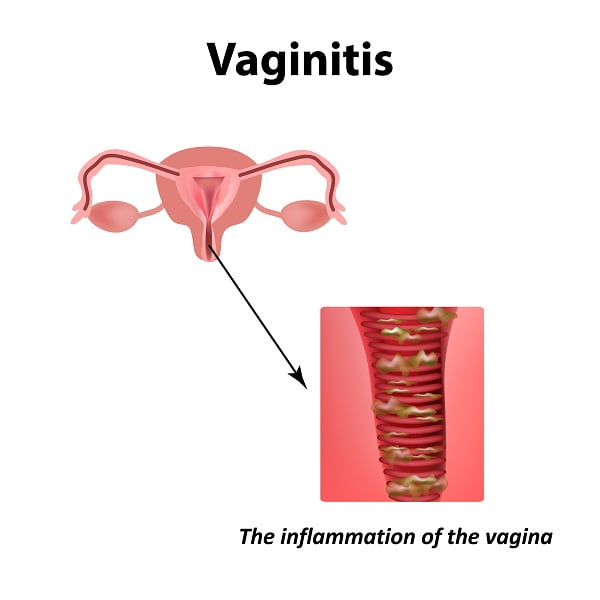What Is Vaginitis?
- Updated on: May 30, 2024
- 3 min Read
By
- Published on Sep 27, 2019

Overview of Vaginitis
Vaginitis also known as vaginal infection is a gynecologic condition, which is characterized by an inflammation of the vagina. This inflammation may lead to:
- Swelling
- burning sensation
- itching
- pain
- unpleasant discharge
Vaginitis is the result of the change in the normal balance of vaginal bacteria or yeast and sometimes it can also develop due to physical and chemical irritation of the area.

It is a very common condition and most of the women develop at least once in their lifetime. Sometimes it can also affect the vulva (external part of woman’s genitals) which is known as vulvovaginitis.
A healthy vagina has a balance of different kinds of bacteria. There are good bacteria, which help in maintaining the balance of the vagina and there are bad bacteria, which disturb the balance of the vagina.
Good bacteria keep the vagina acidic. This helps keeping bad bacteria away. When the balance between good and bad bacteria is disturbed, bad bacteria multiply and cause infections.
Regular discharge from the vagina is the body’s way of maintaining a normal and healthy environment. Normal discharge is milky or clear and has no bad odor. While the discharge caused by the infection is usually of a different amount, color and odor than the normal one. This change is due to the imbalance of healthy bacteria in the vagina.
There are certain things that disturb the balance of your vagina. Some of them are given below:
- Antibiotics
- Unhealthy diet
- Pregnancy
- Vaginal products (like sprays, birth control devices)
- Tight pants
- Damp underwear
Types of Vaginitis
There are several types of vaginitis depending upon the cause. The most common are described below:
Atrophic Vaginitis
It is also known as vaginal atrophy. The estrogen level in a female body drops at certain times resulting in the thinning of the inner layer of the vagina. This causes irritation, swelling, dryness and itching.
This inflammation occurs due to lack of the reproductive hormone estrogen. Level of estrogen goes down in following cases:
- Menopause
- Breastfeeding
- Medications used to decrease the level of estrogen in the treatment of endometriosis
Women with vaginal atrophy have a greater chance of developing chronic vaginal infections.
Bacterial vaginosis
Bacterial vaginosis is an abnormal condition of the vagina where the growth of bad bacteria exceeds the normal level. This may cause an unpleasant discharge with a bad odor from the vagina. It is a mild infection and is generally harmless and can be treated by antibiotics.
Bacterial vaginosis is generally found in females having more than one sex partners.
Trichomonas vaginalis
Trichomonas vaginalis is a sexually transmitted infection caused by a tiny parasite called trichomonas vaginalis (TV). Its symptoms usually develop within a month of the infection. But in some cases, people do not develop any symptoms at all. The symptoms are similar to many other STIs (sexually transmitted infections), therefore, it is difficult to make a diagnosis in early stages.
The infection is accompanied by:
- Soreness
- Pain
- Swelling
- smelly discharge
It can also affect other parts of the urogenital tract. In women, the infection is found in vagina and urethra. In men, it is found in the urethra.
Candida Albicans
Candida albicans is a fungal infection caused by yeast. There are more than 20 species of the yeast that can cause infections in humans. The most common of them is candida albicans. This yeast is one of the micro-organisms of the gut flora (a group of micro-organisms that lives in the digestive tract).
Most people have candida albicans in their intestinal tract. Candida albicans resides peacefully with other bacteria and yeast of the intestinal tract. But certain factors trigger their growth and they multiply. Due to increase in their number, they begin to dominate the gut. They start disturbing the overall balance of the body. Overgrowth of this yeast can develop the symptoms of the infection.












